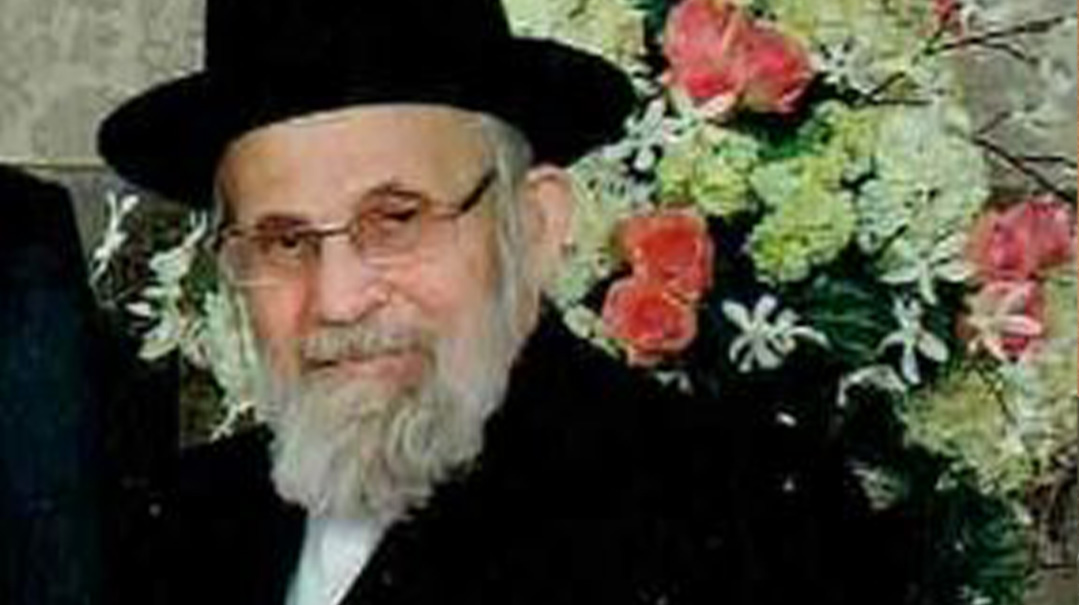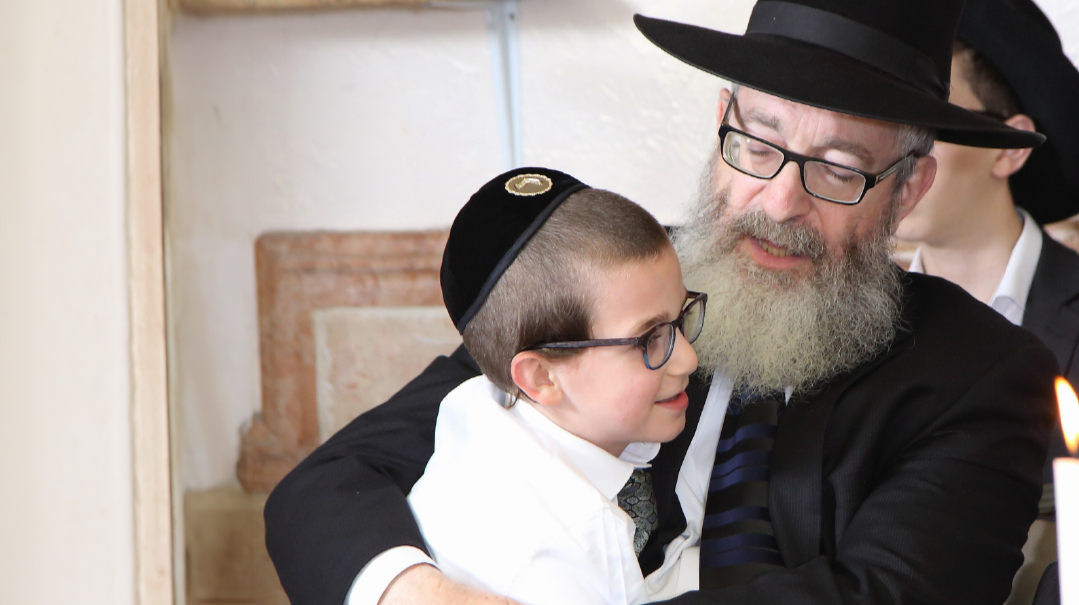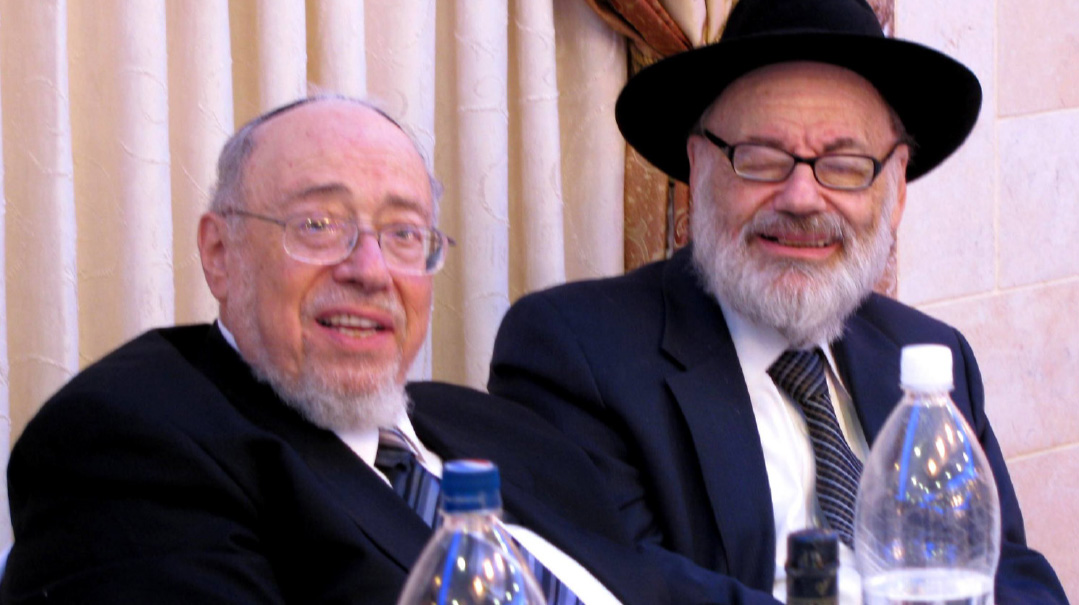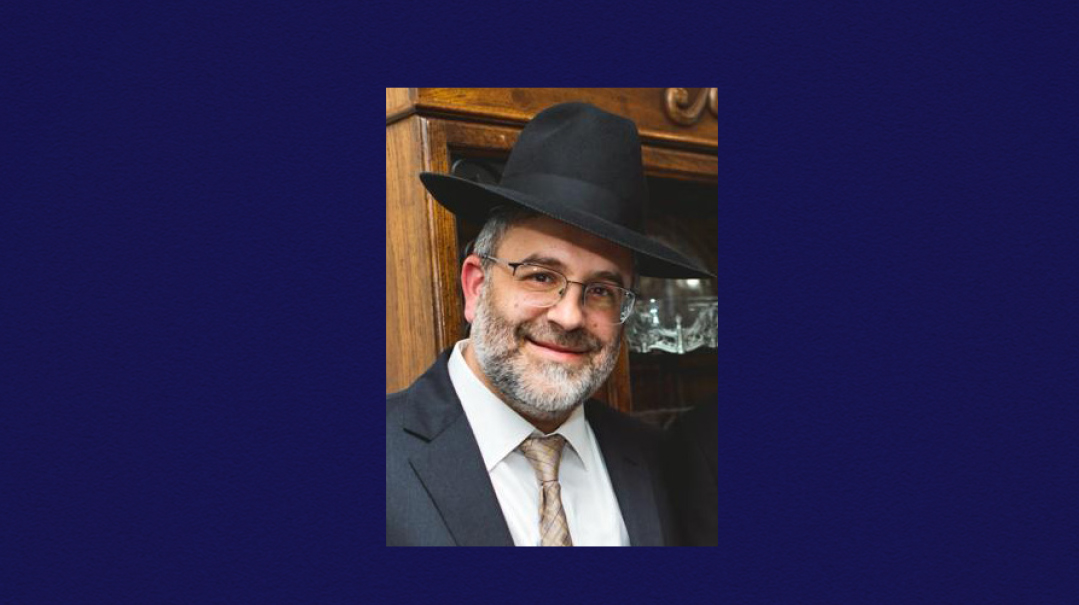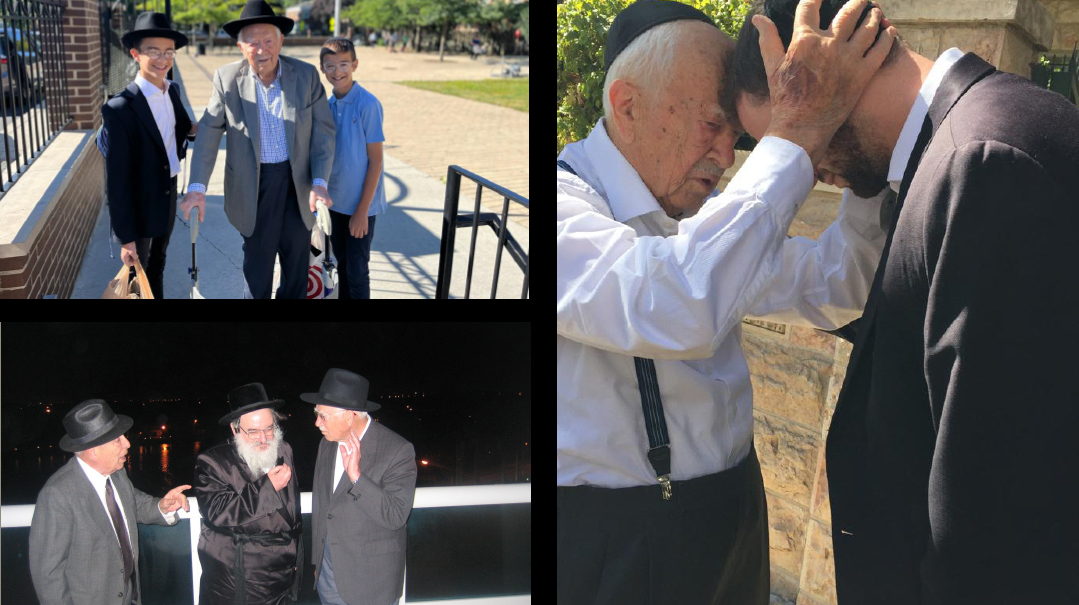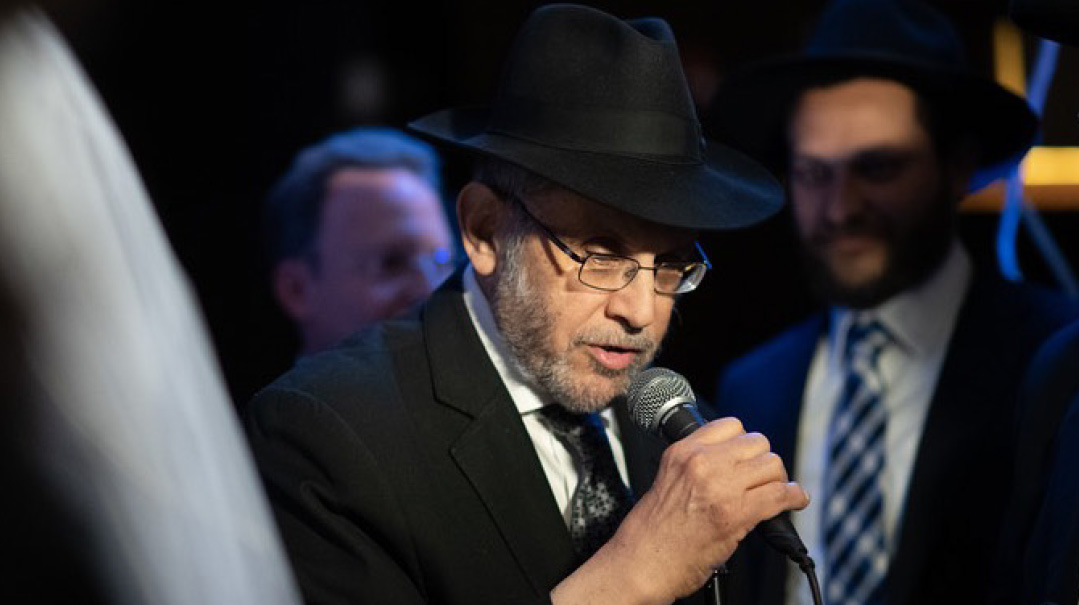He Was Everyone’s Rav: Mourning Rav Shaul Breisch
| October 30, 2019“In his presence, you felt his concern and his warmth toward every single Jew no matter what”
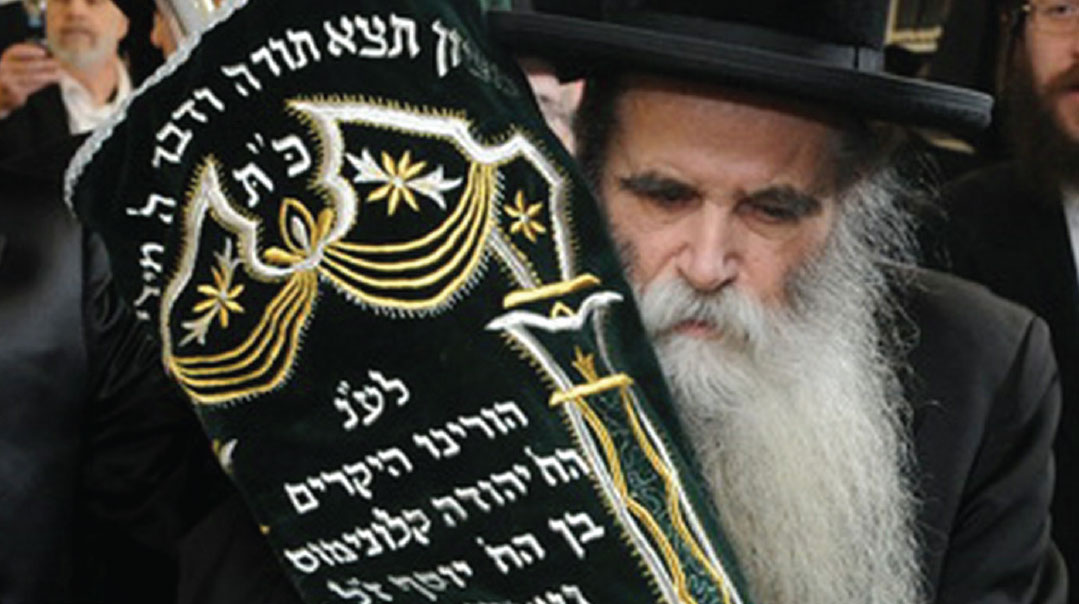
Longtime Zurich av beis din Rav Shaul Breisch ztz”l, who passed away last Erev Shabbos at the age of 86, was just a year old when his family moved from Germany to Switzerland, and it was none too soon. The Nazis had just risen to power, and although it was 1933 and not 1939, their brutality was unchecked. His father, Rav Mordechai Yaakov Breisch ztz”l, author of Chelkas Yaakov and one of the eminent poskim of recent generations, was the rav of the chassidic community in Duisburg, having arrived in Germany from Galicia just ten days before the Nazis rose to power. There weren’t concentration camps yet, but that didn’t stop SS officers from barging into the Rav’s home and beating him, then dragging him through the city’s streets in front of thousands of people, while they tore out his beard and hair.
Fortunately, the Chelkas Yaakov was able to flee to Antwerp, Belgium, and from there to France, where he served for a short time as the rav in Lens. The following year, in 1934, he was appointed the av beis din of Agudas Achim in Zurich, which was predominantly a community of Eastern European émigrés.
Rav Shaul was just a year old at the time and certainly couldn’t appreciate the hashgachah by which he and his family were saved from the Nazi claws. But later, as a leader of the Zurich community and beyond, he was grateful for the chain of events that was actually a catalyst for saving the family.
While World War II was raging in Europe, Rav Shaul spent his childhood years in Switzerland, then continued on to Yeshivas Mesivta in London, and later to Chevron and Belz in Jerusalem — not exactly intersecting yeshivos, but the combination of both litvish and chassidic styles meant he had a common language with the entire spectrum of European chareidi Jewry.
After his marriage, he moved to Bnei Brak, where he learned in Kollel Chazon Ish. In 1965, at the behest of his father, he established Kollel Chelkas Yaakov (Breisch), a halachah kollel whose goal was to train avreichim to be poskim. Rav Shaul returned to Zurich in 1972 to help his father, who had fallen ill, in the rabbanus, all the while continuing to direct Kollel Chelkas Yaakov and carry its financial burden.
In 1976, the Chelkas Yaakov passed away, and Rav Shaul succeeded him as rav and av beis din of Agudas Achim. In addition to the standard rabbinical tasks of overseeing shechitah and other matters of kashrus, being mesader kiddushin, delivering shiurim, and heading the beis din, he also wrote halachic responsa to questions he received from all over the world. Some of these teshuvos were published in two volumes of Shu”t She’elas Shaul. He was also very involved in chinuch, and he, together with the other rabbanim of the city, led the education institutions and the kollel there. In his later years, he established a local yeshivah ketanah.
Many sought his advice and counsel, and his door was rarely closed. Having connections with all streams of chareidi Jewry, as a talmid of Chevron on the one hand and as a chassidic figure on the other, plus as the only one of the city’s rabbanim in those years who actually grew up in the city, everyone felt close to him, even if they weren’t part of his kehillah.
Perhaps part of that was his approachability, his capacity to make everyone feel comfortable. Once a child was sent by his mother to show the Rav a hen, but the young boy was embarrassed to bring Rav Breisch an uncooked piece of chicken. Rav Breisch sensed the child’s concerns and immediately turned the sh’eilah into a sugya — and explained to the boy how each part of the bird is mentioned in Yoreh Dei’ah and in which siman his very question was mentioned. That little boy went on to become a talmid chacham in his own right, never forgetting the lesson a venerated rav taught a shy little child.
One avreich reports how he’d been a talmid in the yeshivah ketanah, but because there were an odd number of boys in the shiur, he was left without a chavrusa. Rav Shaul saw him learning alone and offered to be his chavrusa.
“He knew when to demand and when to be soft, when to be firm and when to be comforting,” another talmid from those days relates. “He was able to speak in litvish-style learning with every yeshivah bochur, and on the other hand, he could ‘say Torah’ in the chassidic style at Shalosh Seudos in the beis medrash. When he spoke publicly, he adapted his speaking style to his listeners, and could deliver a mussar shmuess, a chassidic vort, or delve into the practical and real-life challenges of our times.”
RAV SHAUL WAS FEARLESS in the face of opposition to Torah principles. He was once invited to an event and agreed to attend provided the organizers adhere to a particular condition. While they pledged to adhere to that stipulation, they planned to violate it before the Rav’s arrival. However, he surprised them by showing up very early — he was the first one there — and remained until the end.
But it didn’t come from control or obstinance. It came from devotion, the same devotion he showed to every Yid, baal teshuvah, or convert.
“In his presence, you felt his concern and his warmth toward every single Jew no matter what,” says a Zurich businessman. “People would give him large sums of money to distribute anonymously to tzedakah, and he discreetly channeled the money to the needy of the city. He was staunch about not conceding on the traditions passed down by his father and the other rabbanim — for him the rabbanus was a sacred trust handed down by his father — but on the other hand, he had a knack for reaching out and working with the people trying to introduce new ideas.
Zurich’s Jews merited to have a number of gedolei Torah lead the various kehillos in the past — including Rav Moshe Soloveitchik; Rav Daniel Levy, rav of the Adas Yeshurun kehillah; and Rav Moshe Chaim Schmerler, rav of the Machzikei Hadas shul. Rav Breisch was the last one left from that generation, and despite being ill and weak for years, and having been flown to Hadassah Ein Kerem Hospital in Jerusalem where doctors were able to save his life, he overcame his challenges and suffering, continuing to delve into his learning and devoting himself to serving his community, while his son-in-law, Rav Tzvi Elimelech Padwa, was appointed as moreh tzedek in the community, to ease his father-in-law’s burden.
Now he’s joined the list of other great rabbanim of Zurich who have passed on and left their gifts, having created his own unique legacy after nearly 50 years of service.
Yehi zichro baruch.
Oops! We could not locate your form.
